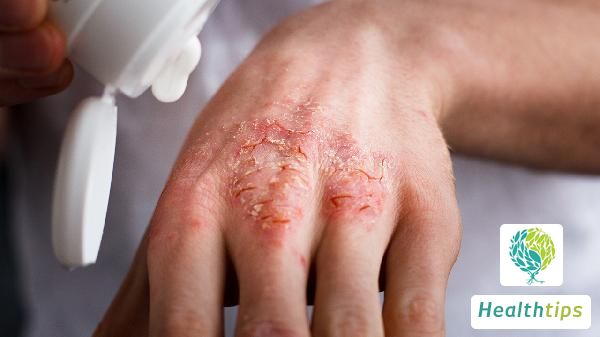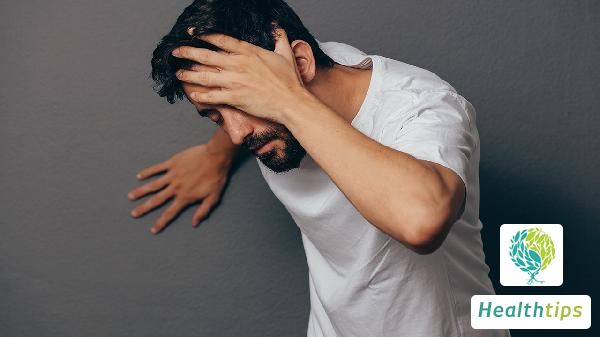Is Earache a Sign of Otitis Media?
Causes and Treatments of Ear Pain Behind the Ear

Pain behind the ear can be attributed to various conditions such as otitis media, external otitis, cerumen impaction, and tympanic membrane perforation. It is recommended that patients promptly visit a hospital for comprehensive examinations to determine the underlying cause and receive targeted treatment under medical guidance.
1. Otitis Media
Typically caused by bacterial infections, otitis media leads to dysfunction of the eustachian tube, resulting in inflammatory reactions in the middle ear cavity, causing pain behind the ear, accompanied by hearing loss and discharge of pus. Treatment involves adhering to medical advice and taking medications like Amoxicillin Capsules or Cefixime Tablets.
2. External Otitis
This condition arises from inflammatory reactions in the skin and subcutaneous tissues of the external ear canal due to pathogen infections. Symptoms include local redness, swelling, heat, and pain, which, if occurring behind the ear, can cause pain there. Treatment involves oral administration of Amoxicillin Capsules or Cefixime Tablets under medical guidance.
3. Cerumen Impaction
Neglecting personal hygiene can lead to excessive cerumen (earwax) secretion within the ear canal. If not cleaned promptly, it can harden and block the ear canal, causing pain behind the ear. Treatment involves using Sodium Bicarbonate Solution to soften the cerumen before removal.
4. Tympanic Membrane Perforation
Tympanic membrane perforation is often related to trauma, either direct or indirect, and can also be caused by chronic suppurative otitis media and mastoiditis. It causes severe pain behind the ear, accompanied by hearing loss and discharge of pus. During the acute phase, antibiotic medications like Amoxicillin Capsules or Cefixime Tablets are typically prescribed. Neural deafness can also present similar symptoms.
In daily life, it is essential to maintain good habits, avoiding vigorous nose blowing or sneezing, among other actions that could exacerbate ear-related issues.



















